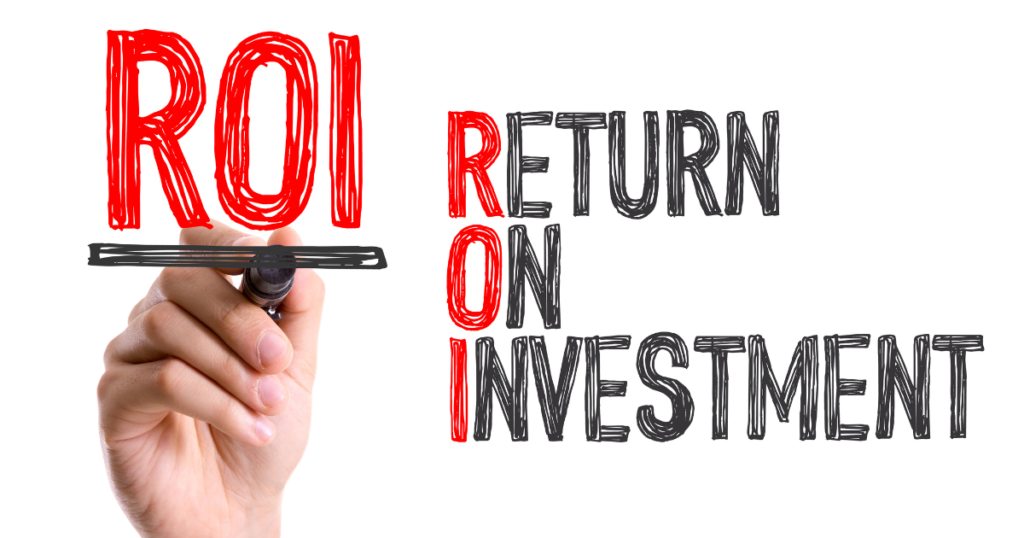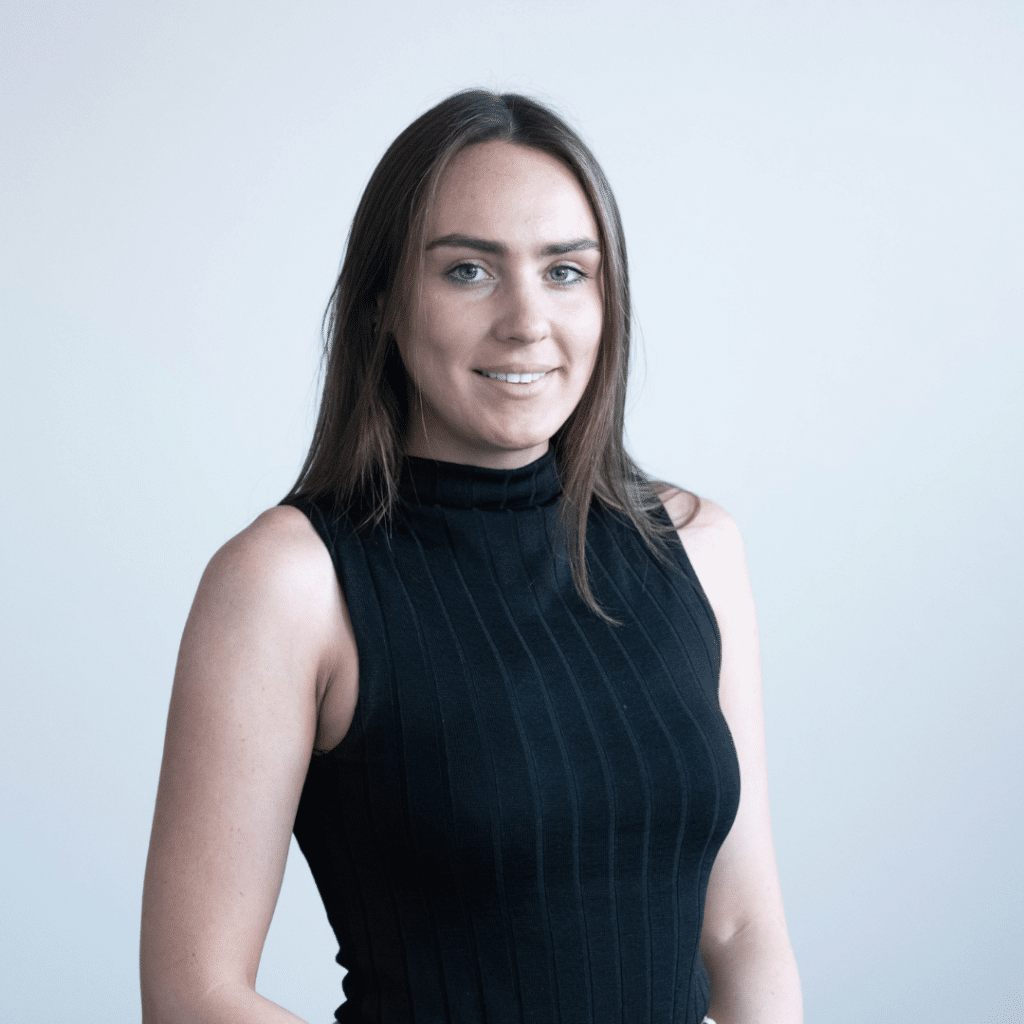Have you ever wondered whether the latest buzz about AI in marketing is just hype or if it really can deliver a better return on your investment compared to traditional methods? You’re not alone. Many marketing professionals and business owners are grappling with this very question, especially as budgets tighten and the pressure to deliver results increases.
In this article, we’ll dive deep into the world of marketing ROI, comparing traditional techniques with AI-driven strategies. We’ll look at real-world data and case studies to determine which methods truly give you the best bang for your buck. Whether you’re a die-hard traditionalist or a tech-savvy innovator, you’ll find valuable insights here that could reshape how you approach your marketing strategy.
So, is AI just a costly experiment, or is it the future of marketing? Let’s find out together.
Overview of Traditional Marketing Techniques
Traditional marketing techniques have stood the test of time. From print ads in newspapers and magazines to television commercials and direct mail, these methods are deeply embedded in the fabric of commerce. They rely on a broad reach and a deep understanding of consumer behaviour, often appealing to emotions through compelling narratives and striking visuals.
Advantages of Traditional Marketing:
1. Tangible Elements: Consumers can physically interact with materials like brochures or flyers, which can make a lasting impression.
2. Simplicity: These methods are often straightforward, with clear messages that don’t require technological engagement from the audience.
3. Broad Reach: Traditional methods can effectively target demographics less familiar with digital platforms, such as older populations.
Typical ROI:
The return on investment for traditional marketing can vary significantly depending on the execution and market. For instance, television and radio ads often yield a high reach but come with steep costs, potentially diluting the overall ROI. On the other hand, direct mail can offer a more measurable response rate and a potentially higher ROI if well-targeted.
Despite their proven effectiveness, traditional techniques are not without their challenges. The main issue is measurability. Unlike digital methods, where every click can be tracked, the impact of a billboard or a print ad is harder to quantify precisely. This can make it challenging for marketers to adjust strategies in real time based on data-driven insights.

Overview of AI Marketing Techniques
AI-driven marketing represents a seismic shift in how businesses engage with their customers. Utilising advanced algorithms, machine learning, and data analytics, AI marketing techniques can offer personalised experiences at scale, something that traditional methods struggle to achieve efficiently.
Benefits of AI Marketing:
1. Personalisation: AI algorithms analyse customer data to deliver highly targeted marketing messages tailored to individual preferences and behaviours. This can significantly increase engagement and conversion rates.
2. Efficiency: Automation of routine tasks like ad placements, content creation, and customer responses reduces labour costs and accelerates marketing workflows.
3. Scalability: AI systems can handle vast amounts of data and interactions simultaneously, allowing businesses to scale their marketing efforts quickly without a corresponding increase in errors or costs.
4. Measurability: With AI, every interaction can be tracked and analysed. This provides clear insights into campaign performance and ROI, enabling marketers to make data-driven decisions swiftly.
Potential for ROI:
The ROI of AI marketing can be compelling. Businesses that implement AI-driven strategies often report improved customer satisfaction due to more relevant and timely interactions. For example, e-commerce companies using AI for personalised recommendations see an increase in average order values and repeat purchases. Moreover, the ability to optimise marketing campaigns in real-time based on data analytics leads to more efficient spending and higher returns.
However, integrating AI into marketing isn’t without its hurdles. Initial setup costs can be high, especially for small to medium enterprises without existing digital infrastructure. There’s also a learning curve associated with understanding and managing AI tools effectively.

Comparative Analysis: Traditional vs. AI Marketing ROI
When considering the return on investment from traditional and AI marketing techniques, it’s essential to examine specific case studies and industry reports that highlight their respective impacts on business outcomes. This analysis helps delineate which methods might be more effective depending on various business contexts and objectives.
Case Study Overview:
Traditional Marketing: A regional retail chain invested in a traditional advertising campaign, using print, radio, and local TV spots over six months. The campaign aimed to increase store traffic and seasonal sales. The reported ROI was a 20% increase in sales during the campaign period, with a significant uptick in customer foot traffic.
AI Marketing: An online retailer implemented an AI-driven marketing strategy, focusing on personalised email marketing and AI-curated product recommendations. Over the same six-month period, the retailer saw a 35% increase in sales and a 50% increase in customer retention rates.
Direct ROI Comparison:
Cost Efficiency: AI marketing, despite higher initial setup costs, often results in lower ongoing expenses due to automation and reduced need for large-scale physical ad deployments.
Scalability and Flexibility: AI marketing techniques are highly scalable, adjusting quickly to changes in consumer behavior and market conditions. Traditional methods, while effective in stable markets, typically require more time and resources to adapt.
Data-Driven Insights: The measurable nature of AI marketing allows for continuous optimization, making it possible to enhance ROI progressively as the campaign continues. Traditional marketing lacks this immediacy of feedback, which can delay strategic adjustments.
Industry Insights
According to a recent study, businesses that integrate AI into their marketing strategies report an average increase of 25% in overall campaign effectiveness. Additionally, these businesses benefit from a reduction in cost per lead, making AI a potent tool for boosting marketing ROI.
The data suggests that while traditional marketing still holds significant value, especially in certain sectors and demographics, AI marketing is proving to be more cost-effective and efficient in dynamic markets where consumer preferences shift rapidly.

Challenges and Considerations
While the potential for higher ROI with AI marketing is compelling, transitioning to or integrating these technologies comes with its own set of challenges and considerations. Understanding these factors is crucial for businesses to make informed decisions that align with their specific needs and capabilities.
Challenges of Implementing AI Marketing:
High Initial Investment: Implementing AI technology often requires significant upfront costs, including the acquisition of technology, hiring skilled personnel, and training existing staff.
Complexity in Integration: Integrating AI with existing marketing systems can be complex and time-consuming, especially for businesses with legacy systems.
Data Privacy Concerns: Utilizing AI in marketing strategies involves handling large volumes of customer data, raising concerns about data security and compliance with privacy regulations.
Challenges of Sticking to Traditional Marketing:
Difficulty in Measuring Impact: Unlike AI-driven methods, traditional marketing often lacks precise measurement tools, making it challenging to quantify campaign effectiveness and ROI accurately.
Slower Adaptation to Market Changes: Traditional methods may not respond as swiftly to market trends due to longer planning and execution cycles.
Limited Personalisation: Providing personalised experiences is more challenging with traditional techniques, which may lead to lower engagement and customer retention.
Balancing the Two Approaches:
For many businesses, the best approach might be a blend of traditional and AI marketing techniques. This hybrid model allows leveraging the reach and tangibility of traditional methods while capitalising on the efficiency and personalisation capabilities of AI. For example, a company could use traditional advertising to build brand awareness and supplement it with AI-driven digital campaigns to enhance customer engagement and conversion.
Final Considerations:
Businesses need to assess their specific needs, market conditions, and customer expectations to determine the most effective marketing mix. Factors such as target demographic, industry sector, and available resources play significant roles in this decision-making process. Additionally, ongoing evaluation and adaptation are essential to stay relevant and competitive in a rapidly evolving market.
Wrapping Up!
Deciding between AI and traditional marketing techniques is not a matter of choosing one over the other, but rather understanding which can offer better ROI under different circumstances and how they can be effectively integrated.
Key Takeaways:
AI marketing offers significant advantages in personalization, efficiency, and measurability, leading to potentially higher ROI, especially for businesses that thrive on rapid adaptation and detailed customer insights.
Traditional marketing remains vital for reaching broader audiences, especially in demographics less inclined towards digital interactions, and for creating impactful, memorable brand experiences.
A hybrid approach, utilizing both AI and traditional techniques, often yields the best results, allowing businesses to capitalize on the strengths of each method.
Ultimately, the choice depends on your business goals, the nature of your market, and your customer demographics. It is crucial to continuously evaluate the effectiveness of your chosen strategies and remain adaptable to new technologies and market shifts. By doing so, you can ensure that your marketing efforts are not only cost-effective but also aligned with your overall business objectives, ensuring the best possible ROI.
Moving Forward:
For businesses considering integrating AI into their marketing strategies, it is advisable to start small with pilot projects to gauge effectiveness before a full-scale roll-out. For those relying on traditional methods, exploring data-driven approaches to enhance measurability and effectiveness could be beneficial.
As we look to the future, the convergence of AI and traditional marketing techniques will likely become more pronounced, making a well-rounded understanding and strategic use of both essential for marketing success. Read our Review of the Most Effective AI Marketing Tools or discover Strategies for Effective AI Integration.




